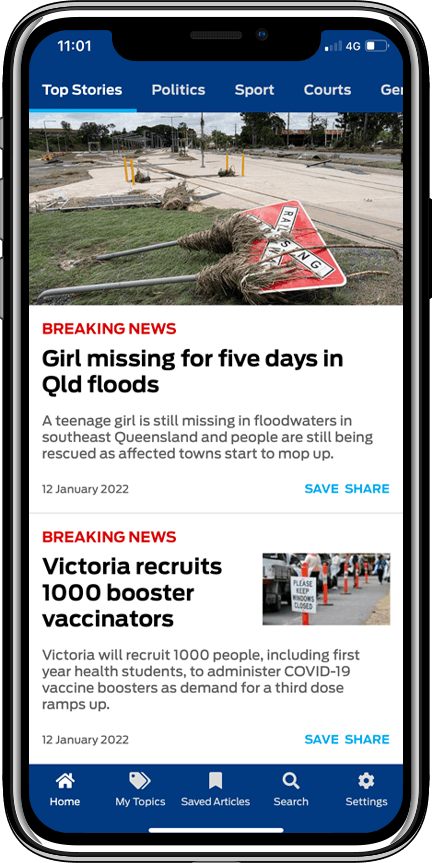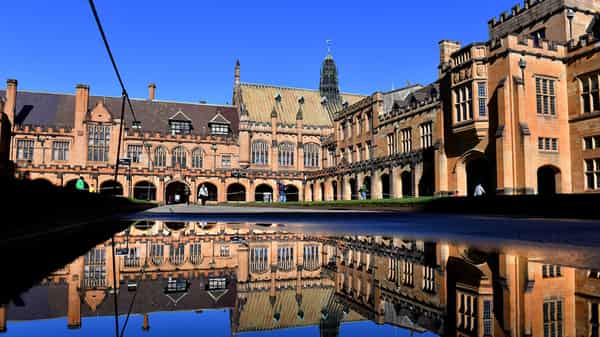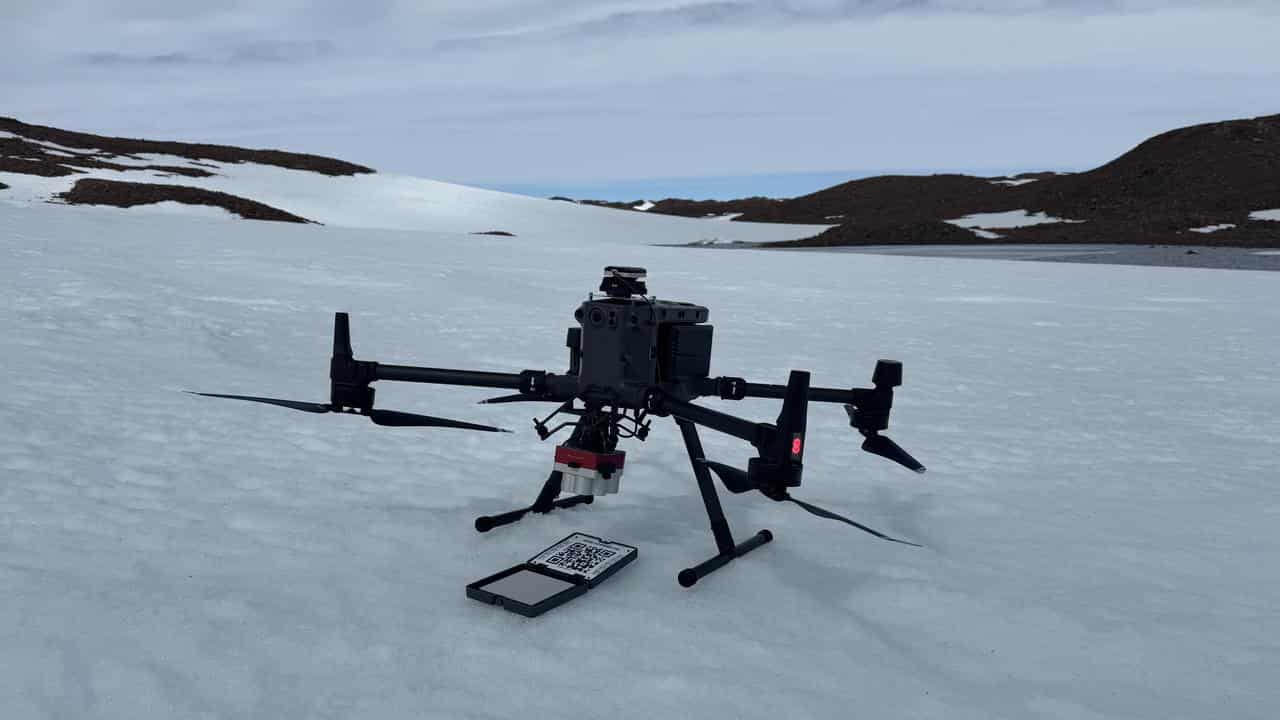
When thinking about Antarctica, biodiversity is probably not the first thing that comes to mind.
But nestled among the icy landscapes are areas where some creatures and plant life are thriving and drones are being used to survey it all.
"The ice-free area is an oasis that is completely surrounded by lakes, glaciers and sea ice," QUT researcher Dr Toby Travers said.
"It's in these small patches of land where life is found, mosses, lichens, bacteria, seabirds, it's all concentrated in these areas,"
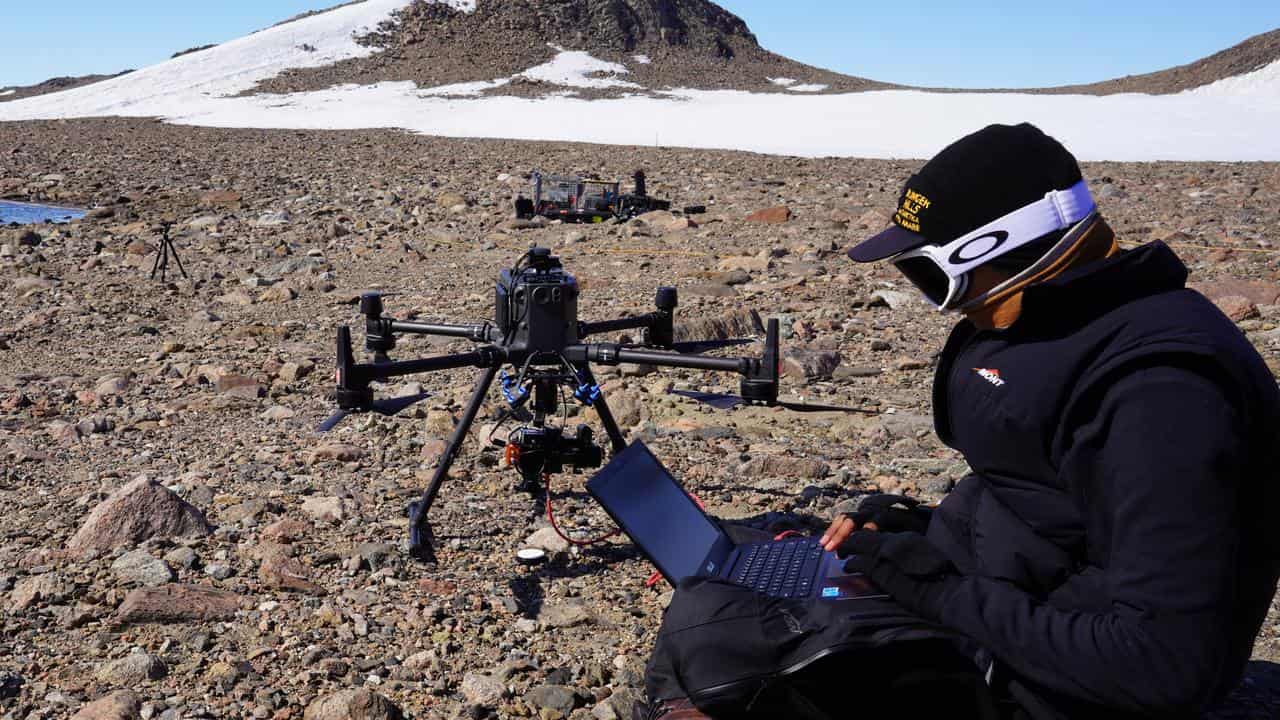
The surveys, which have taken years of planning, are being conducted as part of the Australian Antarctic Program.
The team of scientists has even discovered some new species.
QUT senior research fellow Justine Shaw says using drones is key to understanding and protecting the landscape as well as the plants and animals inhabiting the icy continent.
"We need to know what is there to be able to protect it and understand the risks faced by these fragile ecosystems in the face of climate change," Dr Shaw said.
"Our scientists are using drones to survey areas that are covered in mosses that are really slow growing and fragile.
"By using drones to map these areas of vegetation we can limit our impact on them, we don't need to walk around the whole area of vegetation."
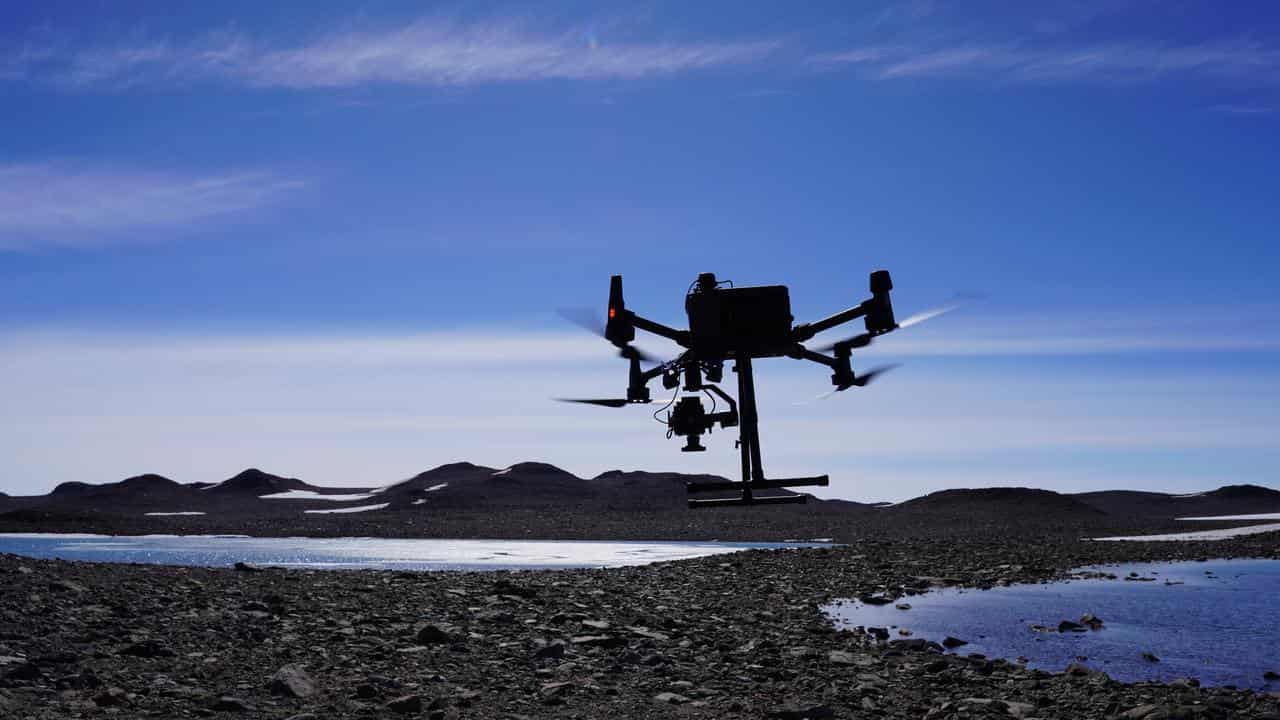
Drone pilot and QUT PhD candidate Julian Galvez said visiting remote sites on the Antarcitic continent had been a highlight for him.
"The areas with extremophile (creatures that thrive in extreme conditions) asncient lifeforms were fascinating," he said.
The team of scientists have been collecting moss and lichen samples to take back to Australia for genetic analysis.



